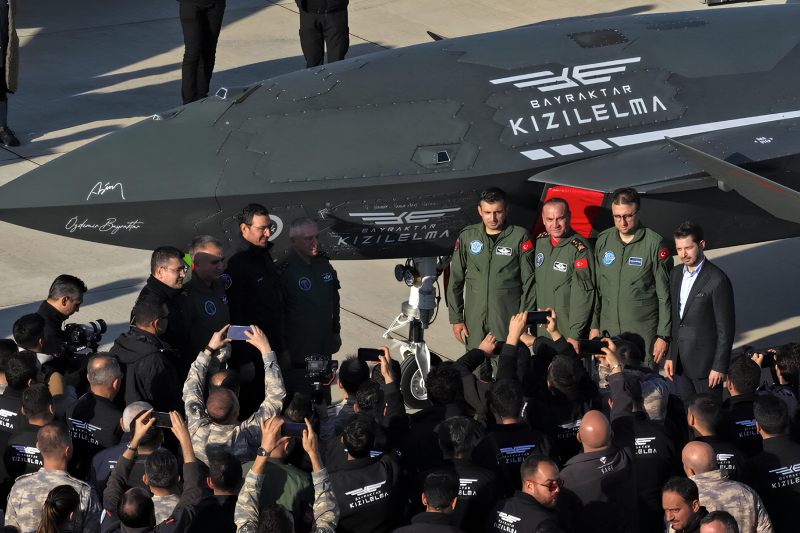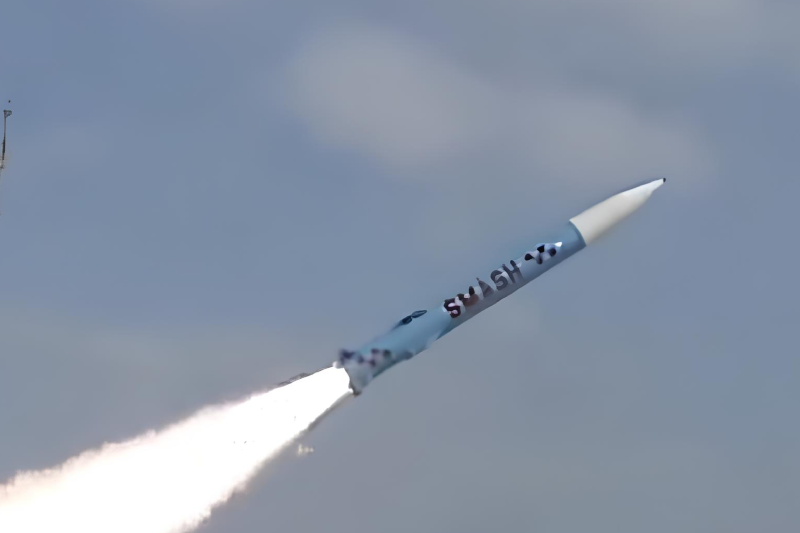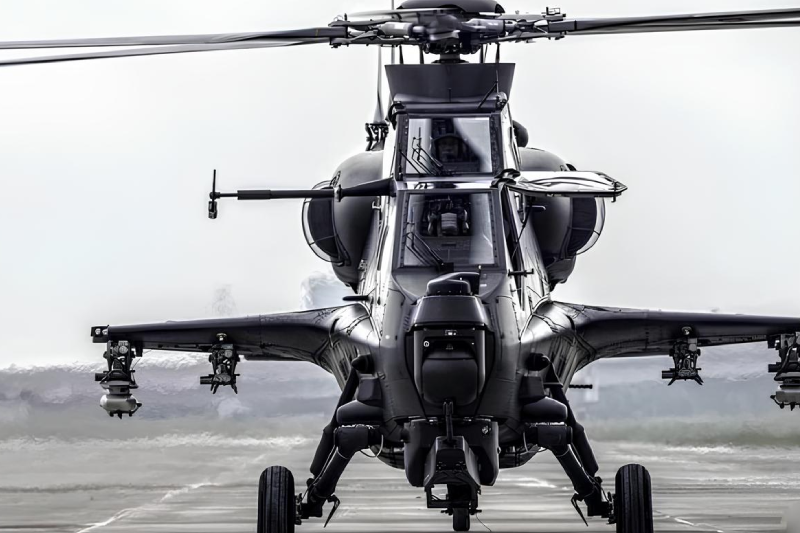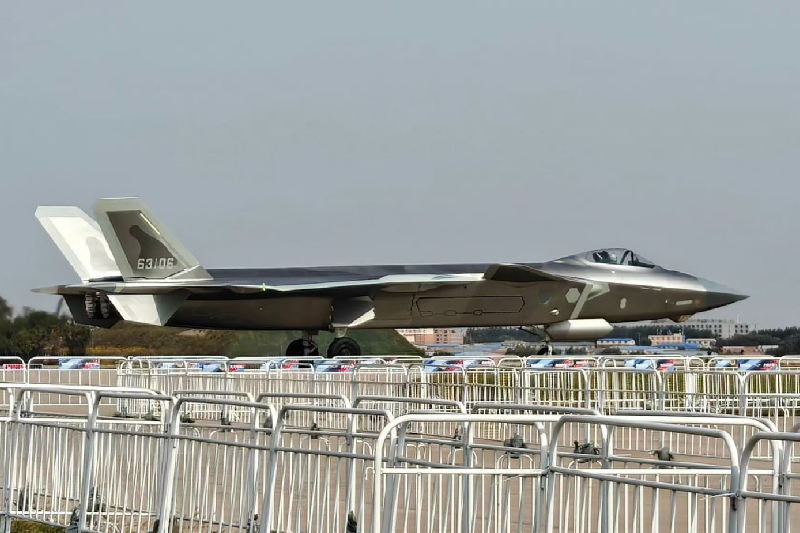China Commissions 300th J-20 Fighter Jet in New Brigade
China has achieved a significant milestone in its military aviation capabilities with the identification of the 300th J-20 fighter jet, which has been assigned to the 19th Aviation Brigade of the People’s Liberation Army Air Force Central Command. This landmark achievement demonstrates China’s rapidly advancing aerospace manufacturing capabilities and highlights the accelerated pace of J-20 fighter jet production that has transformed the nation’s air power projection in the Asia-Pacific region.
Chinese military aviation spotters recently identified the historic 300th J-20 fighter jet through photographic evidence published by military observer 太湖军I名 on the Weibo social media platform. The aircraft, bearing the distinctive serial number “CB10300,” was photographed during routine training flights operating from Zhangjiakou Air Base, the operational headquarters of the 19th Aviation Brigade.
The Chinese military aircraft serial numbering system provides valuable intelligence about production batches and overall manufacturing progress. The serial number format uses the first two digits to indicate the production batch while the remaining three to four digits represent the cumulative aircraft number, confirming this particular J-20 as part of the 10th production batch.
The deployment of J-20 fighters to the 19th Aviation Brigade marks its transformation into the 13th PLA Air Force unit equipped with China’s most advanced fifth-generation fighter aircraft. The aircraft displayed tactical markings “63x0x,” providing confirmation of the brigade’s complete transition from legacy fighter platforms to the sophisticated J-20 system.
This reequipment process represents a systematic modernization effort across multiple PLA Air Force units, with the 19th Aviation Brigade joining an expanding network of J-20-equipped formations. The transition enhances China’s distributed air defense capabilities while providing regional commanders with advanced multi-role fighter assets.
The current deployment of J-20 fighters spans 14 aviation brigades strategically positioned across China’s vast territory. These units include the 1st Brigade at Anshan, 4th Brigade at Foshan, 5th Brigade at Guilin, 8th Brigade at Changxing, 9th Brigade at Wuhu, and the newly equipped 19th Brigade at Zhangjiakou.
Additional J-20 operations continue at the 41st Brigade in Wuishan, 54th Brigade in Ningxiang, 55th Brigade in Jining, 56th Brigade in Zhengzhou, 97th Brigade in Dazu, 111th Brigade in Korla, 172nd Brigade in Cangzhou, and 176th Brigade in Dingxing. This comprehensive distribution provides China with nationwide fifth-generation fighter coverage.
According to the International Institute for Strategic Studies, the total number of operational J-20 fighter jets may already exceed 350 aircraft based on serial number analysis from publicly available photographic sources. This assessment suggests that China’s J-20 production has accelerated beyond initial projections, with manufacturing capacity continuing to expand.
The institute’s analysis indicates that China produced more than 200 J-20 fighters by 2023, demonstrating sustained high-rate production capabilities. This manufacturing achievement positions China among the world’s leading fifth-generation fighter producers alongside the United States with its F-22 and F-35 programs.
Official PLA Air Force statements confirm that J-20 deployments are systematically replacing older fighter aircraft across multiple aviation brigades. This modernization strategy ensures that China’s air force maintains technological parity with advanced military aviation systems operated by regional and global competitors.
The 19th Aviation Brigade’s reequipment process began in August 2024, though official photographic documentation remained unavailable until recent spotter activities confirmed the unit’s J-20 integration. This timeline reflects the methodical approach to pilot training, maintenance preparation, and operational integration required for fifth-generation fighter transitions.
The J-20 incorporates sophisticated fifth-generation fighter technologies including active phased array radar systems, integrated electro-optical targeting systems with precision laser designation capabilities, and internal weapons bay configurations that maintain stealth characteristics during combat operations.
The aircraft’s primary weapons bay can accommodate up to four PL-15 air-to-air missiles equipped with active radar seekers, providing beyond-visual-range engagement capabilities. Side weapons bays can mount PL-10E infrared-guided missiles for close-range aerial combat scenarios, ensuring comprehensive air-to-air engagement options.
J-20 production commenced in 2014 with the first operational combat aircraft delivered to PLA Air Force units in January 2016. This nine-year production period has witnessed continuous manufacturing improvements, system upgrades, and capability enhancements that have refined the aircraft’s operational effectiveness.
The sustained production rate demonstrates China’s commitment to building a substantial fifth-generation fighter fleet while developing indigenous aerospace manufacturing capabilities. The program’s success provides valuable experience for future advanced aircraft development initiatives.
The J-20’s stealth design incorporates advanced composite materials, angular fuselage shaping, and internal weapons carriage that significantly reduces radar cross-section signatures. These characteristics enable the aircraft to penetrate contested airspace while maintaining operational security against advanced air defense systems.
Internal weapons bay configurations preserve stealth characteristics during combat operations while providing flexibility for various mission profiles. The design balances stealth requirements with payload capacity and operational range considerations essential for regional air superiority missions.
Also read this: UK, Japan, Italy Launch Sixth-Generation Fighter Program
China’s expanding J-20 fleet significantly alters regional air power dynamics throughout the Asia-Pacific theater. The deployment of 300-plus fifth-generation fighters provides China with advanced capabilities that influence military planning and strategic calculations among regional nations.
The systematic distribution of J-20 brigades across China’s territory ensures comprehensive coverage of critical regions including coastal areas, border zones, and strategic industrial centers. This deployment strategy enhances China’s defensive posture while projecting advanced air power capabilities.
The achievement of 300 J-20 aircraft represents a significant milestone in China’s military aviation development, though production appears set to continue expanding. Future variants may incorporate enhanced systems, improved engines, and additional mission capabilities that further advance the platform’s operational effectiveness.
Recent sightings of unmanned combat aircraft operating alongside J-20 fighters suggest potential integration of autonomous systems with piloted platforms. These developments indicate China’s commitment to maintaining technological advancement in military aviation while exploring next-generation combat concepts.
Keep connected with us at Facebook, Twitter, YouTube, Instagram & TikTok for latest defense happening around the globe.
Discover more from International Defence Analysis
Subscribe to get the latest posts sent to your email.












